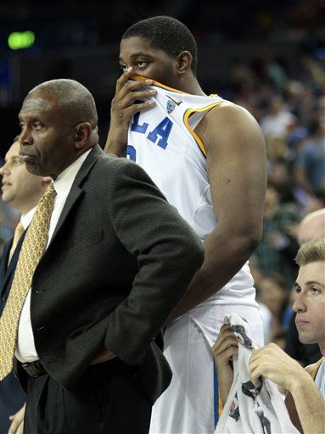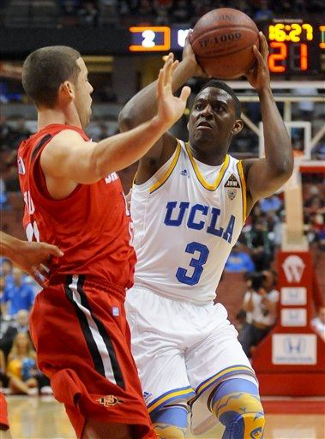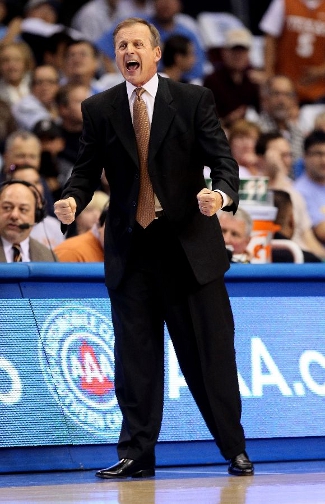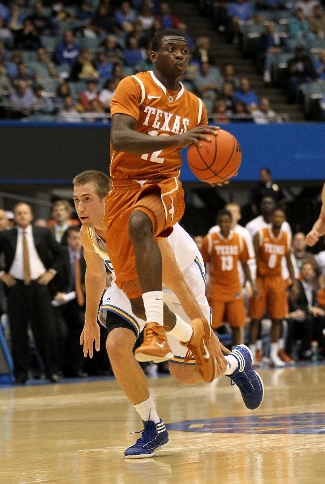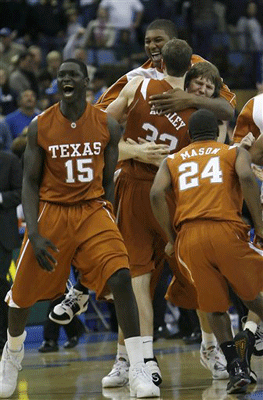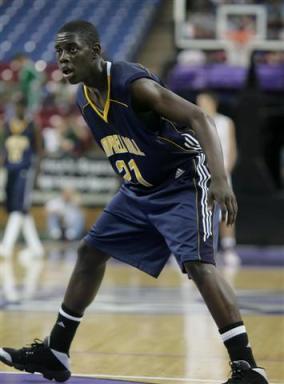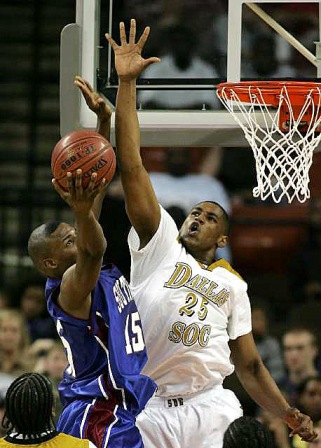Texas Longhorns (4-2) at UCLA Bruins (2-4)
L.A. Sports Arena | Los Angeles, CA | Tip: 3:30 P.M. CT | TV: FSN
LRT Consecutive Game #193
The Texas Longhorns have made things interesting for their fans so far this season. In New Jersey, the team gave up an eight-point lead before finally losing in overtime to Oregon State. Two nights later, an 18-point second-half lead disappeared in a loss to N.C. State. Less than a week after that, Sam Houston State made things dicey in a tight, low-scoring Texas win at the Erwin Center. If history is any indication, this afternoon should be just as nerve-wracking for Longhorn fans.
Texas and UCLA have a limited history, playing just four times prior to this afternoon’s matchup. The Bruins won the first two, with their most recent victory coming all the way back in 1971. But thanks to a short-lived series of games between the Pac-10 and Big 12, the rivalry was renewed earlier this decade. Texas won both contests against UCLA, but managed to do so by a combined margin of just six points. Number-cruncher Ken Pomeroy thinks that today will be much of the same, as he predicts a narrow, two-point win for Texas.
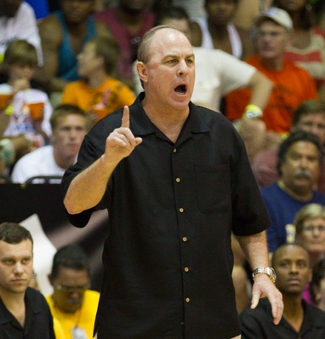
Ben Howland is having a rough start in 2011
(Photo credit: Eugene Tanner/Associated Press) 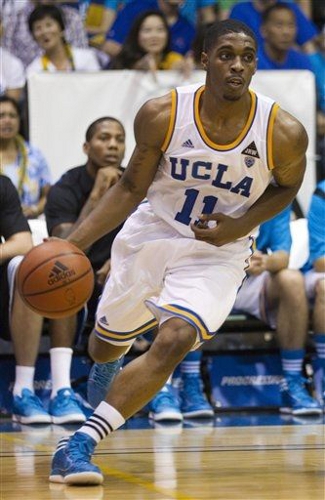
Lazeric Jones runs the point for the Bruins
(Photo credit: Eugene Tanner/Associated Press) 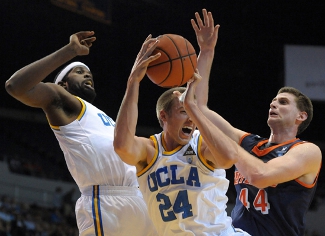
UCLA will be tough to beat on the glass
(Photo credit: Kirby Lee/US Presswire) |








